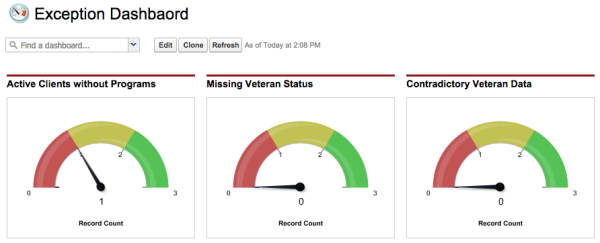Rolling out Salesforce is one thing. Getting people to actually use it? That’s the real challenge.
Many companies invest in Salesforce with visions of streamlined processes, clearer data, and better collaboration. But when adoption lags, the system quickly becomes more of a burden than a benefit. Why? Because adoption isn’t just about technology—it’s about psychology.
The Human Side of Salesforce Adoption
When users resist Salesforce, it’s rarely about the software itself. It’s about how they perceive it:
- Change Resistance: People naturally gravitate toward what’s familiar. If they’ve been working in spreadsheets or legacy systems for years, Salesforce feels like a disruption, not an upgrade.
- Perceived Complexity: Salesforce is powerful, but without clear context, it can feel overwhelming. The “too many clicks” problem is less about the platform and more about how it’s configured and introduced.
- Fear of Visibility: Suddenly, managers have more insight into performance and activity. Some employees may fear micromanagement or exposure of inefficiencies.
Understanding these mindsets is the first step to overcoming them.
Strategies That Drive Real Adoption
So, how do you win over hearts and minds? It starts with designing your adoption strategy around human behavior:
1. Involve Users Early
Change imposed from the top often breeds resistance. Instead, include team members in the setup process. Ask them: “What frustrates you about your current workflow?” and show how Salesforce solves it. When people feel heard, they’re more likely to embrace change.
2. Show “What’s in It for Me”
Don’t just pitch Salesforce as a company-wide tool. Demonstrate personal wins:
- Sales reps get faster access to leads.
- Customer service reps resolve cases quicker.
- Managers spend less time in meetings because dashboards provide real-time insight.
3. Keep It Simple at First
Rollouts fail when users face every feature all at once. Instead, focus on 2–3 core functions that deliver immediate value. Once adoption takes root, you can layer in more advanced features.
4. Leverage Champions
Identify early adopters who “get it” and empower them as peer advocates. A colleague’s endorsement often carries more weight than an executive mandate.
5. Celebrate Wins
When Salesforce helps close a deal faster or eliminates tedious admin work, call it out. Positive reinforcement makes the system feel like a teammate—not another task.
The Payoff of Psychological Alignment
When adoption strategies align with human psychology, Salesforce becomes more than a CRM—it becomes part of the company culture. Teams log in because they want to, not because they have to.
The result?
- Cleaner, more reliable data.
- Faster collaboration across departments.
- Better decision-making at every level.
Ultimately, Salesforce adoption isn’t about forcing compliance. It’s about creating an environment where using Salesforce feels natural, beneficial, and even empowering.
✅ Want help tailoring Salesforce to your team’s psychology? At Mercury CRM Solutions, we help businesses configure, communicate, and coach adoption strategies that stick.




